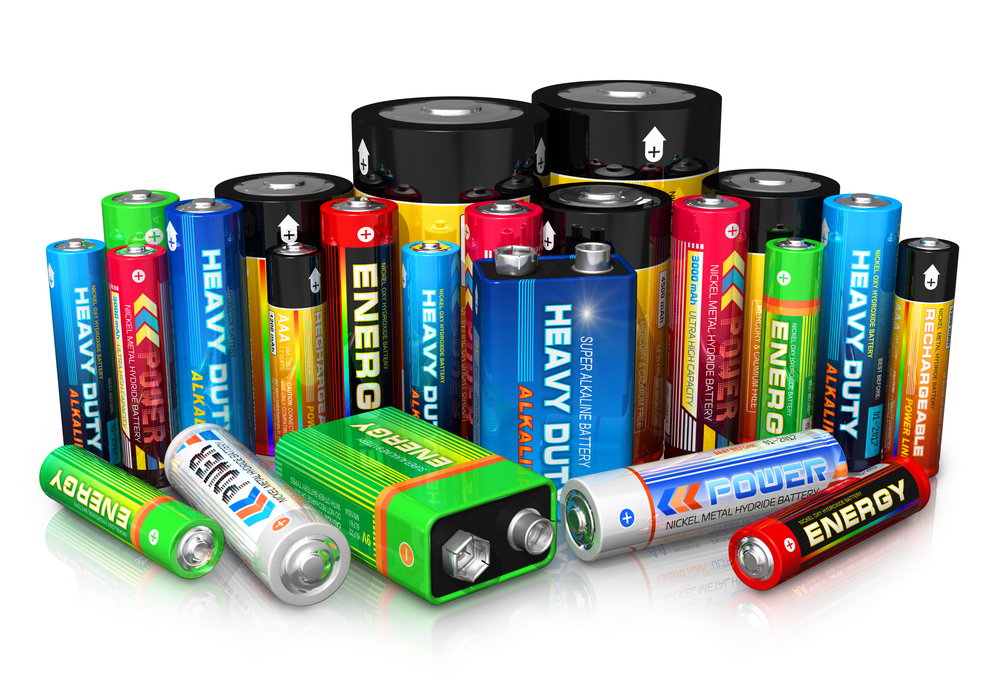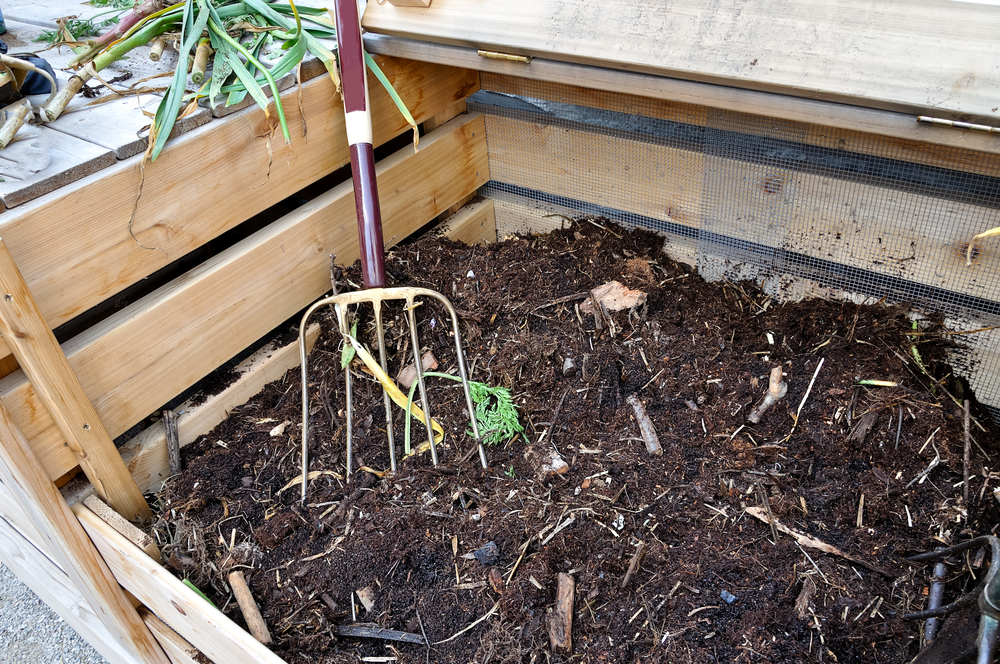
Ah, where would we be without batteries? They power our cars, our devices, our kids’ toys, and so much more. In fact, Americans purchase nearly 3 billion dry-cell batteries every year to power radios, toys, cellular phones, watches, laptop computers, and portable power tools. That is a whole lot of batteries! But what to do with them when they’ve used up? Throw them away? Recycle?
The truth is, the garbage can is not the best place for your used batteries. Batteries contain heavy metals such as mercury, lead, cadmium, and nickel, which can contaminate the environment when batteries are improperly disposed of. When incinerated, certain metals might be released into the air or can concentrate in the ash produced by the combustion process.
One way to reduce the number of batteries in the waste stream is to purchase rechargeable batteries. The main advantage of using rechargeable batteries is that it reduces the number of batteries that need to be produced and disposed of. However, safe disposal is needed for rechargeable batteries because 80% of them contain nickel cadmium, a carcinogen.
Recycling all batteries
keeps heavy metals out of landfills and the air. Recycling saves resources because recovered plastic and metals can be used to make new batteries. Many states have regulations in place requiring battery recycling. In some areas, the local recycling agencies actually collect used batteries for recycling. In other areas where local recycling agencies do not offer collection services, you might have to get in touch with regional-based battery retailers who have collection schemes to get your used batteries recycled.
Battery fun fact: Fifty times more energy is needed to make batteries compared to the amount of energy the batteries can give out. So use your batteries carefully!
